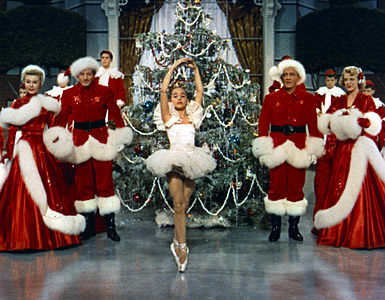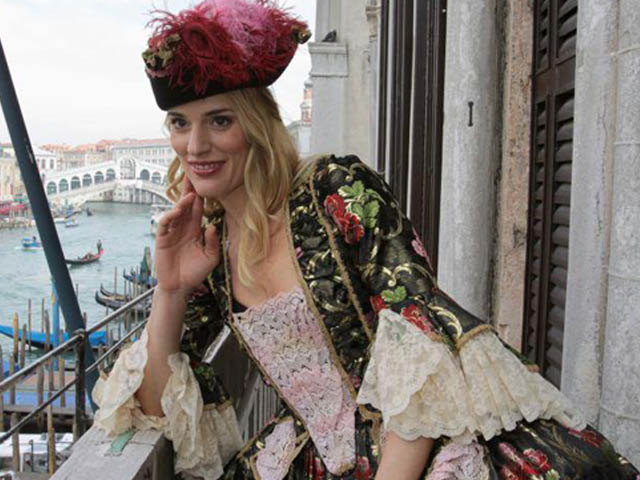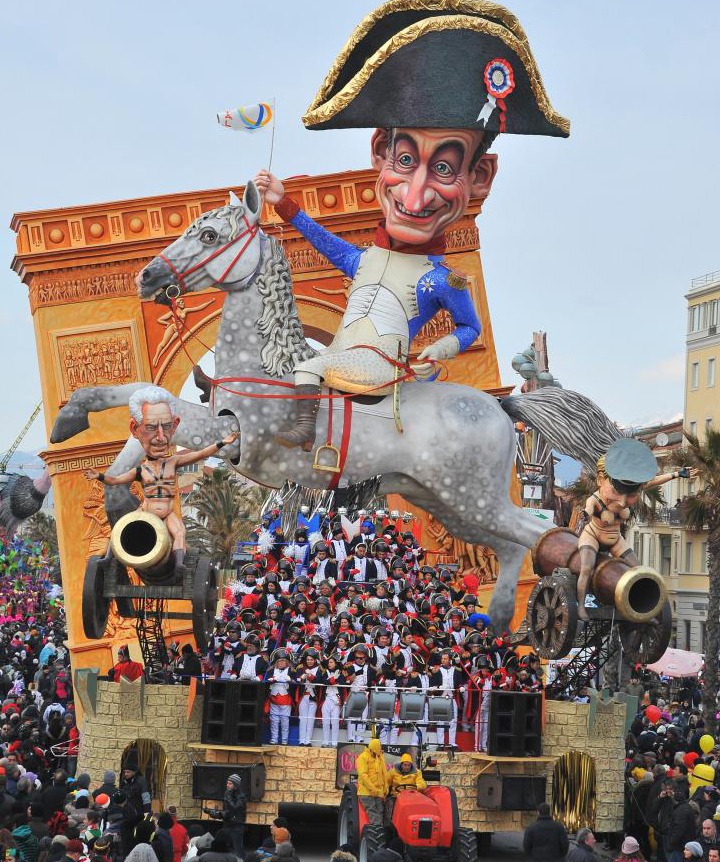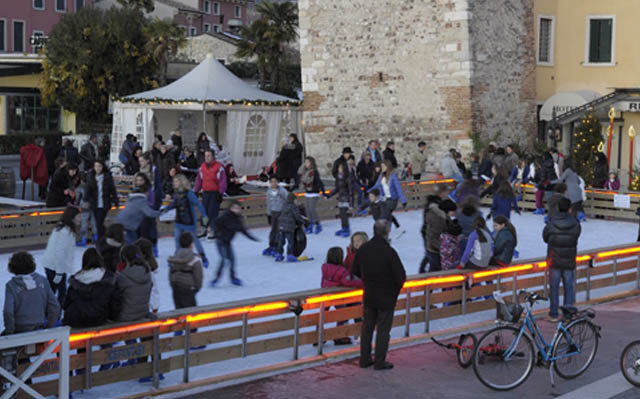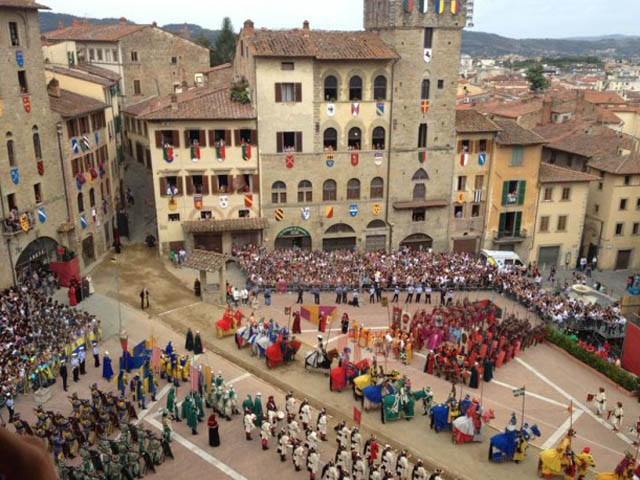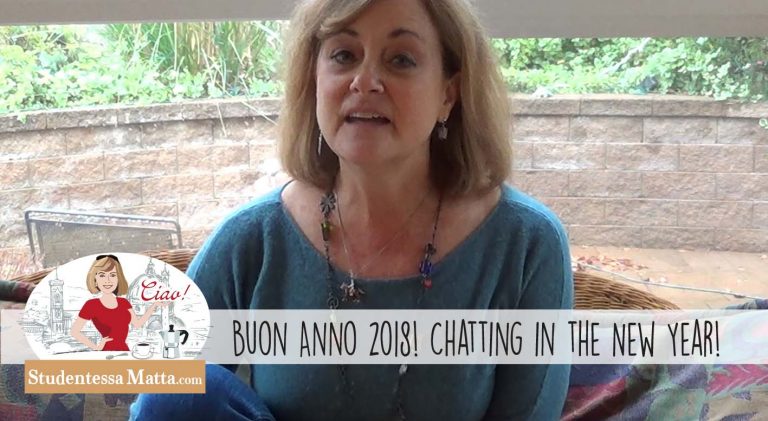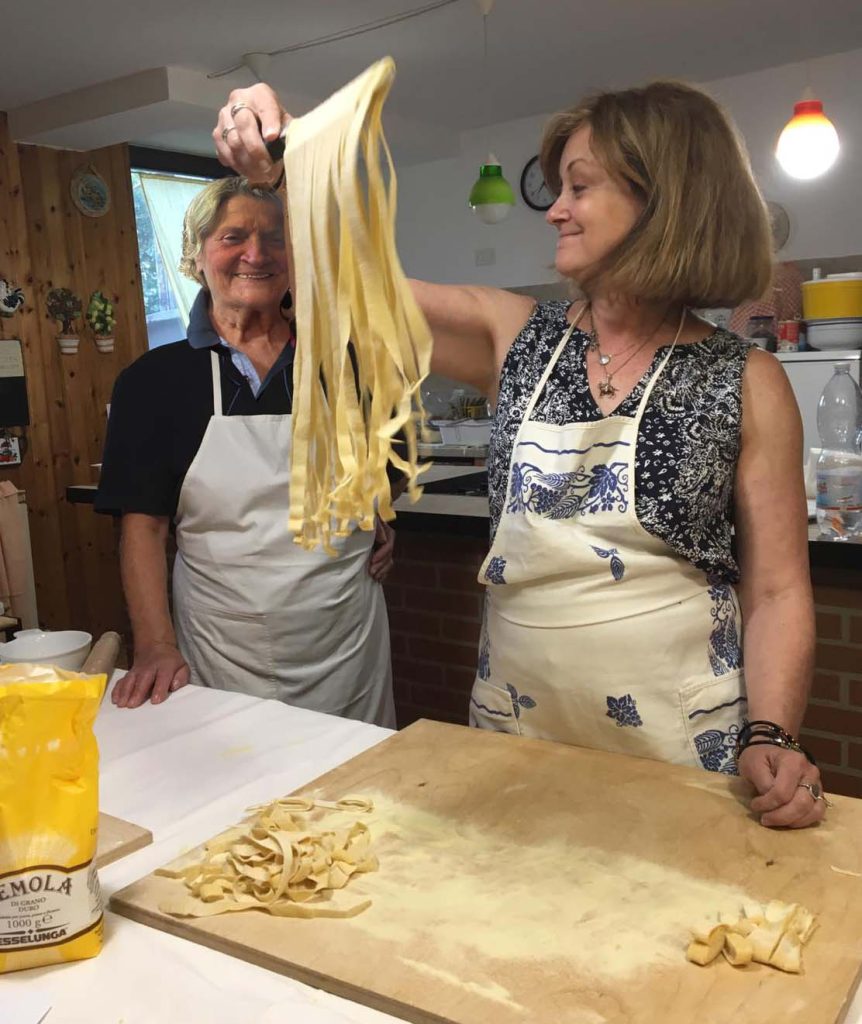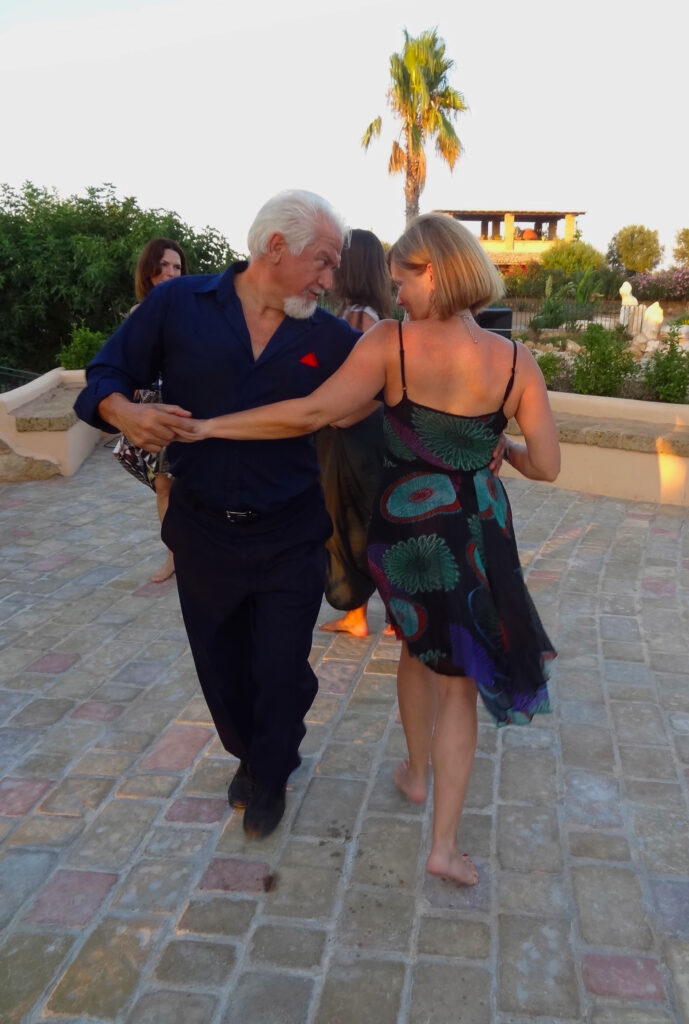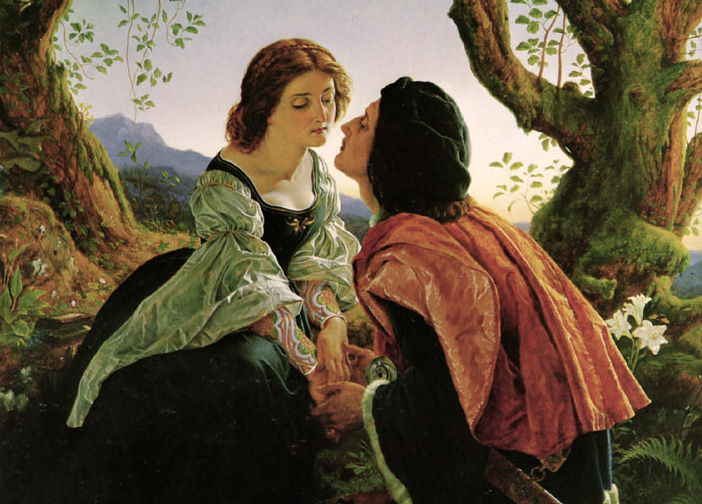
Come l’amore e la storia si intrecciano nel giorno più romantico dell’anno
How love and history intertwine on the most romantic day of the year
Dai Riti Pagani al Romanticismo: Le Scandalose Origini di San Valentino.
Pagan Rites to Poetic Romance: The Scandalous Origins of Valentine’s Day
Oggi San Valentino viene celebrato con fiori e cioccolatini, ma le sue origini sono molto più scandalose che romantiche. Curiosamente, le radici di questa festività coincidono con il tentativo della Chiesa cattolica di “cristianizzare” un rito pagano della fertilità. Nell’antica Roma, febbraio era il mese della purificazione e del rinnovamento, in cui si benedivano i campi in vista della stagione della semina. Ma le celebrazioni non erano esattamente pie—parliamo di sfrenati rituali di accoppiamento, orge e persino lo spargimento di sangue animale. Dalle sue origini pagane alla coraggiosa benedizione di un matrimonio cristiano-pagano da parte di un vescovo romano, fino al legame poetico di Chaucer con l’amore e la cavalleria, la storia di San Valentino è tutt’altro che prevedibile.
Valentine’s Day may be celebrated with flowers and chocolates today, but its origins are far more scandalous than sweet. Interestingly enough, the holiday’s roots coincide with the Catholic Church’s attempt to “Christianize” a pagan fertility rite. In ancient Rome, February was the month of purification and renewal, when fields were blessed in preparation for the planting season. But the celebrations weren’t exactly pious—think wild mating rituals, orgies, and even the smearing of animal blood. From these pagan beginnings to a Roman bishop’s daring blessing of a Christian-Pagan marriage and Chaucer’s poetic link to love and chivalry, the history of Valentine’s Day is anything but predictable.
Indaghiamo! Let’s investigate!
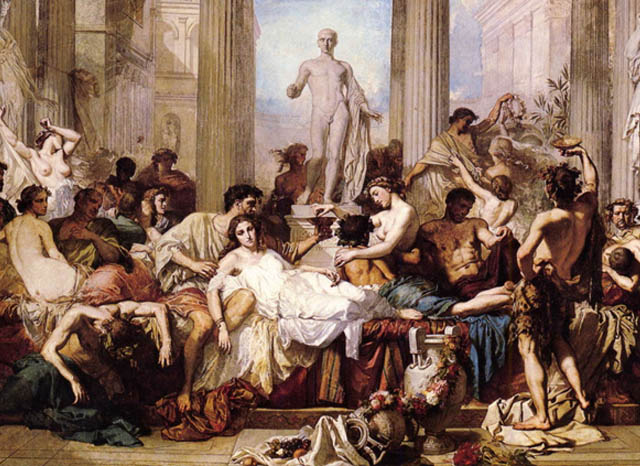
Il papa che spense la festa (che guastafeste!)
The Pope Who Ruined the Fun (What a Party Pooper!)
Nel 496 d.C., Papa Gelasio decise che era giunto il momento di porre fine ai selvaggi e sacrileghi festeggiamenti pagani che da tempo caratterizzavano le celebrazioni di metà febbraio. Nel tentativo di sostituire questi riti licenziosi con qualcosa di più virtuoso, decretò che la festività dovesse invece onorare San Valentino. Ma chi era esattamente questo misterioso santo?
In 496 A.D., Pope Gelasius decided it was time to put an end to the wild and unholy pagan revelry that had long defined mid-February celebrations. In an effort to replace these licentious rites with something more virtuous, he decreed that the festival should instead honor Saint Valentine. But who exactly was this mysterious saint?
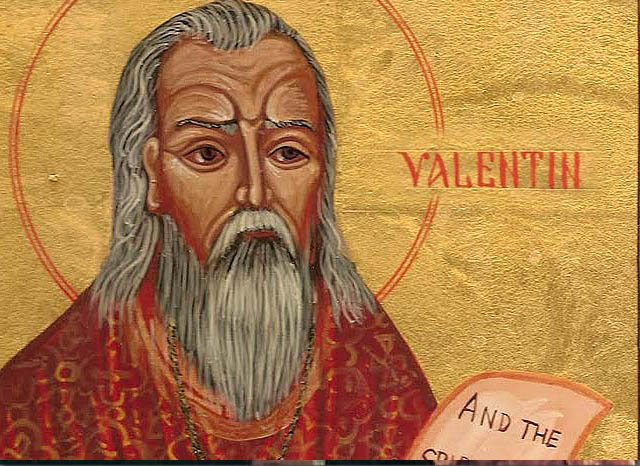
San Valentino era un vescovo romano che incontrò una fine decisamente poco romantica il 14 febbraio 273. Picchiato, lapidato e infine decapitato per aver sfidato le leggi romane, il suo tragico destino è in netto contrasto con la festa dell’amore che oggi porta il suo nome. Perché San Valentino è responsabile di una celebrazione che continua a essere sinonimo di sia infamia che passione?
Saint Valentine was a Roman bishop who met a decidedly unromantic end on February 14, 273. Beaten, stoned, and ultimately beheaded for defying Roman law, his tragic fate stands in stark contrast to the holiday of love that now bears his name. Why was San Valentino responsible for a celebration that continues to be synonymous with both infamy and passion?
Il legame di Valentino con l’amore e il romanticismo è avvolto nella leggenda. Si dice che sia stato il primo religioso a benedire l’unione tra un legionario pagano e una giovane cristiana, sfidando il decreto romano contro i matrimoni misti. Con questo atto di fede e devozione, divenne un simbolo dell’amore proibito, il suo nome per sempre intrecciato con la celebrazione del romanticismo.
Valentine’s connection to love and romance is steeped in legend. He is said to have been the first religious figure to bless the union of a pagan legionary and a young Christian woman, defying the Roman decree against mixed-faith marriages. In this act of faith and devotion, he became a symbol of forbidden love—his name forever intertwined with the celebration of romance.
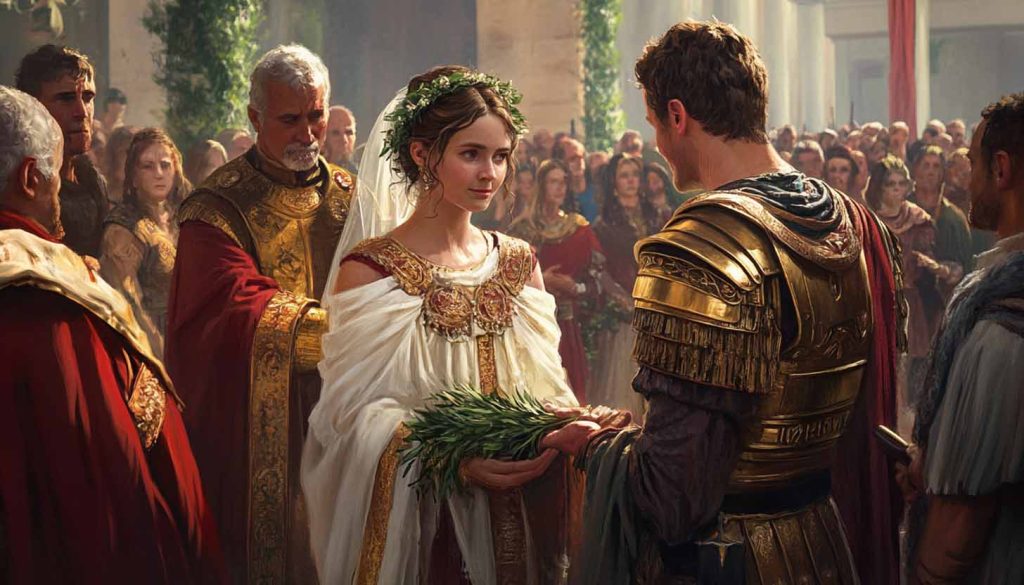
Gli uccelli, Chaucer e il romanticismo medievale
Birds, Chaucer, and Medieval Romance
La diffusa associazione tra San Valentino e l’amore romantico risale al XIV secolo, in gran parte grazie all’influenza del poeta inglese Geoffrey Chaucer. Nel suo poema The Parliament of Birds—noto anche come The Parlement of Foules—Chaucer celebrò il fidanzamento tra re Riccardo II d’Inghilterra e Anna di Boemia, collegando abilmente l’evento alla festa di San Valentino. Nel poema, infatti, gli uccelli si radunano il 14 febbraio per scegliere il proprio compagno, riflettendo la credenza medievale diffusa in Francia e in Inghilterra secondo cui a metà febbraio iniziava la stagione degli accoppiamenti per molte specie di uccelli. Questo espediente letterario contribuì a consolidare la data come simbolo di amore cortese e devozione romantica.
The widespread association between Saint Valentine and romantic love can be traced back to the 14th century, largely through the influence of the English poet Geoffrey Chaucer. In his poem The Parliament of Birds—also known as The Parlement of Foules—Chaucer composed lines celebrating the engagement of King Richard II of England and Anne of Bohemia and cleverly tied the occasion to Saint Valentine’s Day. The poem depicts birds gathering on February 14 to choose their mates, reflecting a medieval belief in both France and England that mid-February marked the start of mating season for many bird species. This literary device helped solidify the date as a symbol of courtly love and romantic devotion.
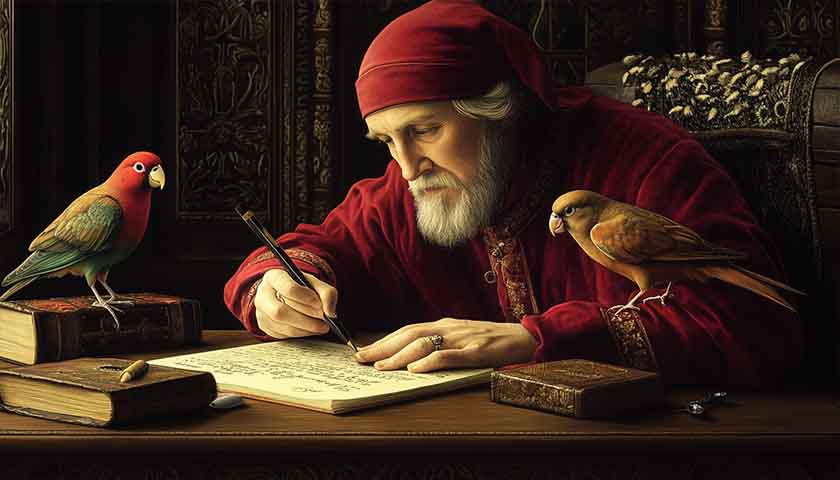
Durante il Medioevo, la credenza che alcuni giorni possedessero un significato speciale—come l’idea che gli uccelli scegliessero i propri compagni il 14 febbraio—si armonizzava perfettamente con le immagini vivide e il linguaggio poetico di Geoffrey Chaucer. Ben presto nobili e trovatori intrecciarono motivi avicoli nelle loro espressioni romantiche, componendo versi che esaltavano l’amore come un nobile ideale. Nel tempo, questa fascinazione letteraria per il “corteggiamento piumato” diede origine al termine “love birds”, utilizzato per descrivere due individui profondamente innamorati l’uno dell’altro.
During the Middle Ages, the belief that certain days possessed unique significance—such as birds choosing their mates on February 14—harmonized perfectly with Geoffrey Chaucer’s vivid imagery and poetic language. Soon nobles and troubadours wove avian motifs into their romantic expressions, composing verses that extolled love as a noble pursuit. Over time, this literary fascination with feathered courtship gave rise to the term “love birds,” used to describe two individuals profoundly enamored with each other.
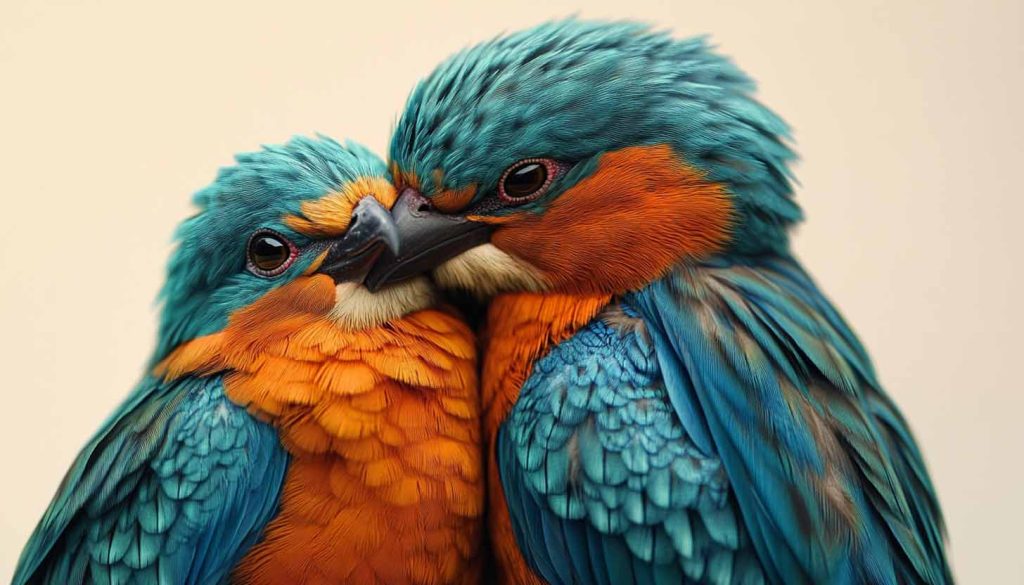
Cavalleria e amore.
Chivalry and love.
I cavalieri di questo epoca, guidati da un forte senso dell’onore, dimostravano la loro devozione alle proprie “dame” attraverso poesie appassionate, delicati fiori e nobili atti di galanteria. Questa tradizione dell’amor cortese innalzò i gesti romantici a una forma d’arte raffinata, lasciando un’influenza duratura sul modo in cui celebriamo San Valentino. In effetti, molti dei costumi senza tempo che apprezziamo oggi—come lo scambio di biglietti, l’offerta di pegni d’affetto e la composizione di versi d’amore—possono essere ricondotti a queste manifestazioni di devozione medievali.
Knights of this era, bound by a strong sense of honor, would demonstrate their devotion to their “ladies” through heartfelt poetry, delicate flowers, and noble acts of gallantry. This tradition of courtly love elevated romantic gestures to a refined art form, leaving a lasting influence on how we celebrate Valentine’s Day. Indeed, many of the timeless customs we cherish today—exchanging cards, offering tokens of affection, and composing love verses—can be traced back to these medieval expressions of devotion.
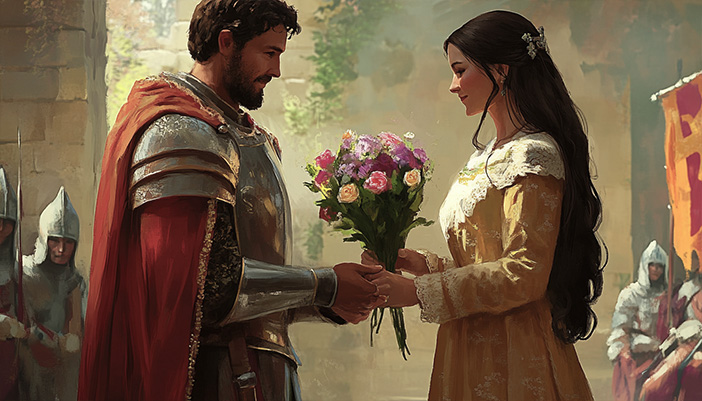
Valentino Contemporaneo!
Today’s Valentine!
Oggi, il giorno di San Valentino si festeggia in tanti modi diversi: alcuni con ironia, altri con sentimento, e parecchi con un tocco di humor. “Fate risplendere il vostro amore, proprio come quella fidata luce nel frigorifero.” Dopotutto, l’amore moderno non conosce confini: assume innumerevoli forme e sfumature. Quindi, nello spirito di San Valentino, celebrate l’amore nel modo che vi dà più gioia, con chiunque desideriate. Quanto a me? Ho un appuntamento davvero speciale… con il mio frigorifero!
Today, Valentine’s Day is celebrated in all sorts of ways—some ironically, others sentimentally, and quite a few with a cheeky dash of humor. “Let your love shine bright, just like that trusty light in the fridge.” After all, modern love knows no bounds: it comes in countless forms and shades. So in the spirit of Saint Valentine, celebrate love in whatever way brings you the most joy, with whomever you choose. As for me? I have a very special date… with my fridge!

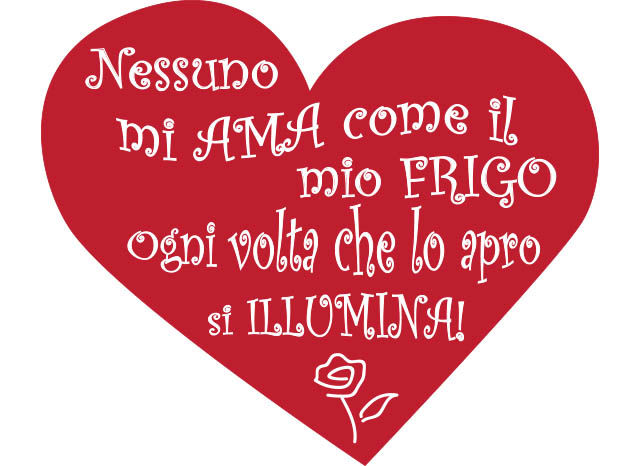
Baci e abbracci a tutti! Mwah!
Celebrating San Valentino with a song by Jovanotti
